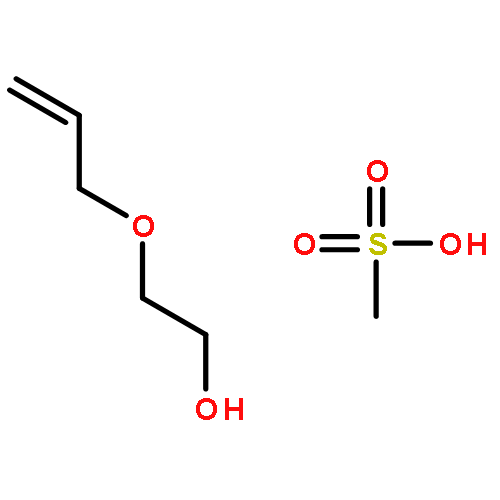Co-reporter: Eric G. Gharakhanian and Timothy J. Deming
pp:
Publication Date(Web):May 14, 2015
DOI: 10.1021/acs.biomac.5b00372
Methodology was developed for efficient alkylation of methionine residues using epoxides as a general strategy to introduce a wide range of functional groups onto polypeptides. Use of a spacer between epoxide and functional groups further allowed addition of sterically demanding functionalities. Contrary to other methods to alkylate methionine residues, epoxide alkylations allow the reactions to be conducted in wet protic media and give sulfonium products that are stable against dealkylation. These functionalizations are notable since they are chemoselective, utilize stable and readily available epoxides, and allow facile incorporation of an unprecedented range of functional groups onto simple polypeptides using stable linkages.
